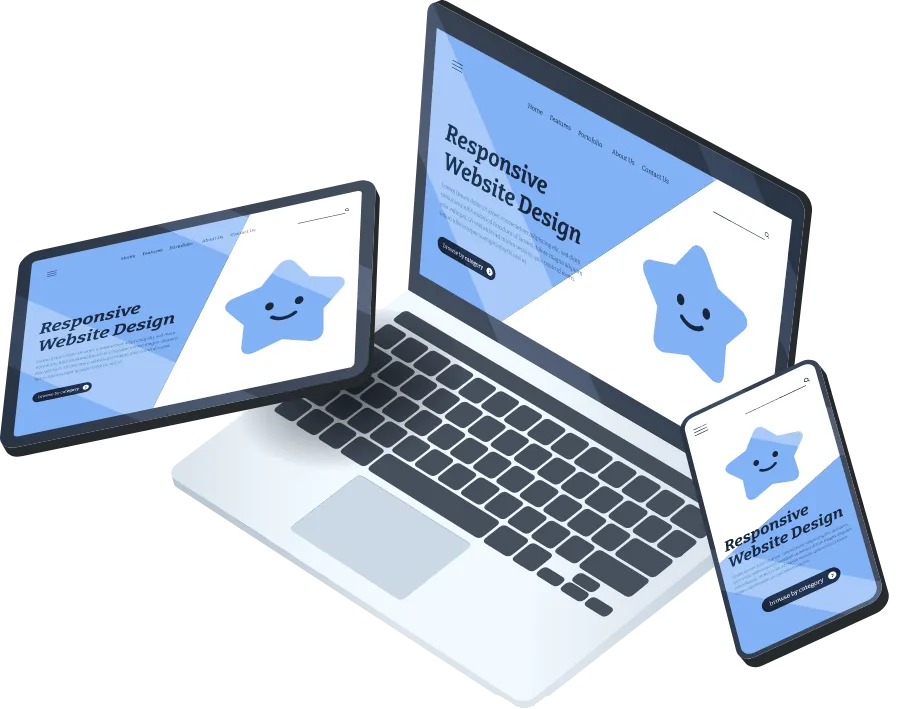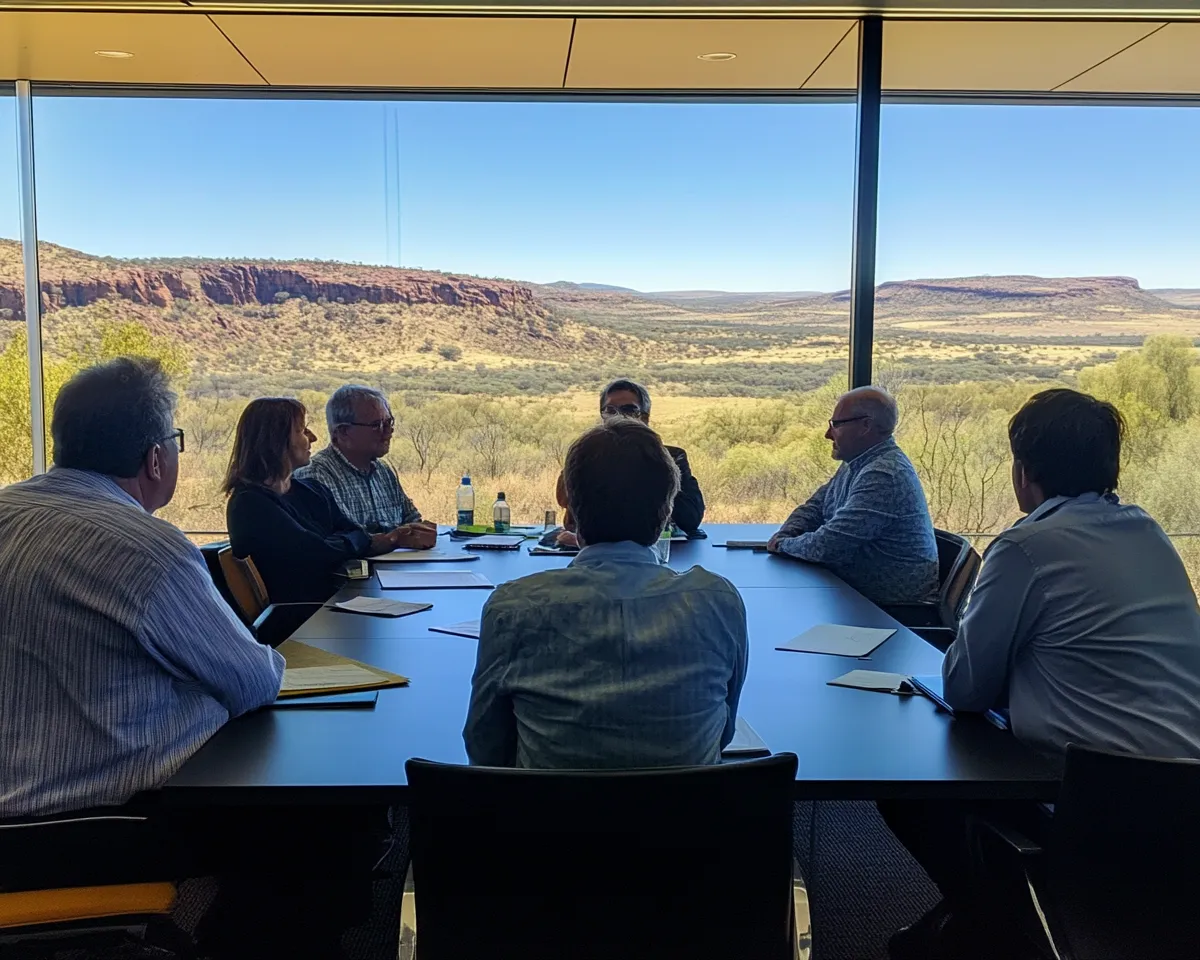How we've helped Australian organisations better use AI

While a few employees might have been fiddling around with AI tools on their on devices recently, few organisations have approached AI with anything more than caution.
Today's AI tools have met the challenge of operating in corporate and government environments by improving safety, securing and reliability.
Here's a few ways we've helped organisations to meet the challenges of increased efficiency matched with privacy for both themselves and their clients.
Design Your Digital
Success
Crafted Websites and Graphics that Leave a Lasting Impression


A regional NDIS provider was drowning in reporting that they needed to streamline.
When we first talked with this NDIS provider, they were struggling in a few areas
Getting their support workers' reports quickly in to the required format
Creating cashflow projections without having to make custom spreadsheets
Answering common email enquiries in a consistent way
Creating policies quickly and accurately against Australian standards
We were able to show them how they could use Perplexity to handle all their policy research and writing, along with summarising and rewriting care reports in the right format according to a set template.
One of the biggest wins was that we were able to find a way for them to separate out private and sensitive data into an Enterprise version of Perplenxity without having to get dozens of user licenses.
So far, we've been able to save them around $150,000 a year in lost productivity.

A rural council was struggling to keep up with enquiries from their ratepayers and residents.
The small council that we were asked to help out in a rural area had a problem mostly with being able to respond to enquiries from ratepayers and residents around dog control, fencing, rubbish removal and other issues that relate to policies and by-laws.
Once we worked out how they usually work at this, we looked at where we could best save them time.
The first issue was summarising the often-long emails from residents
The second was around searching by-laws and policies for answers
The third was around automation of the writing of responses
Once we had addressed these issues, we were able to save the admin workers at the council up to 4-hours a week.
Now we're helping them to use AI to help rewrite their by-laws to be more in-line with broader Australian standards.

A not-for-profit board was struggling with minute-taking and reporting.
When you're a board made up of volunteers, it's not always easy to balance that time with accurate minute-taking and then providing notes and observations from those board meetings to staff, board members and other stakeholders.
By combining a leading transcription product with an existing Google Workspace account, we were able to reduce minute-writing from 2-hours to around 5 minutes.
We also showed the team how they could then use Google's Gemini AI tool to search previous minutes, find patters and check on directions from the board that had or had not been followed-up on.
They are now looking into ways to integrate AI tools into the workflow of staff to help them spend less time on repetitive admin and more on the real work that this vital not-for-profit carries out in the community.

A construction company was spending too much time on researching and responding to tenders.
When your entire revenue base comes from winning and completing government contracts, tenders are your lifeblood.
But if you're responding to up to five tenders a month, you're either employing someone full-time to write them or you're paying a consultant a fortune.
This construction company was using a professional tender writer who was struggling to get through all the work each month.
Using a combination of Perplexity and ChatGPT, we showed them how to reduce the first draft down from eight hours to 2 minutes. Then we showed them how to further refine their first draft into a second within a few minutes.
The time from starting to producing a full tender response had been cut from fifteen hours each to around 2 hours.
This represented a saving of nearly $250,000 as the tender writer was no longer required.

